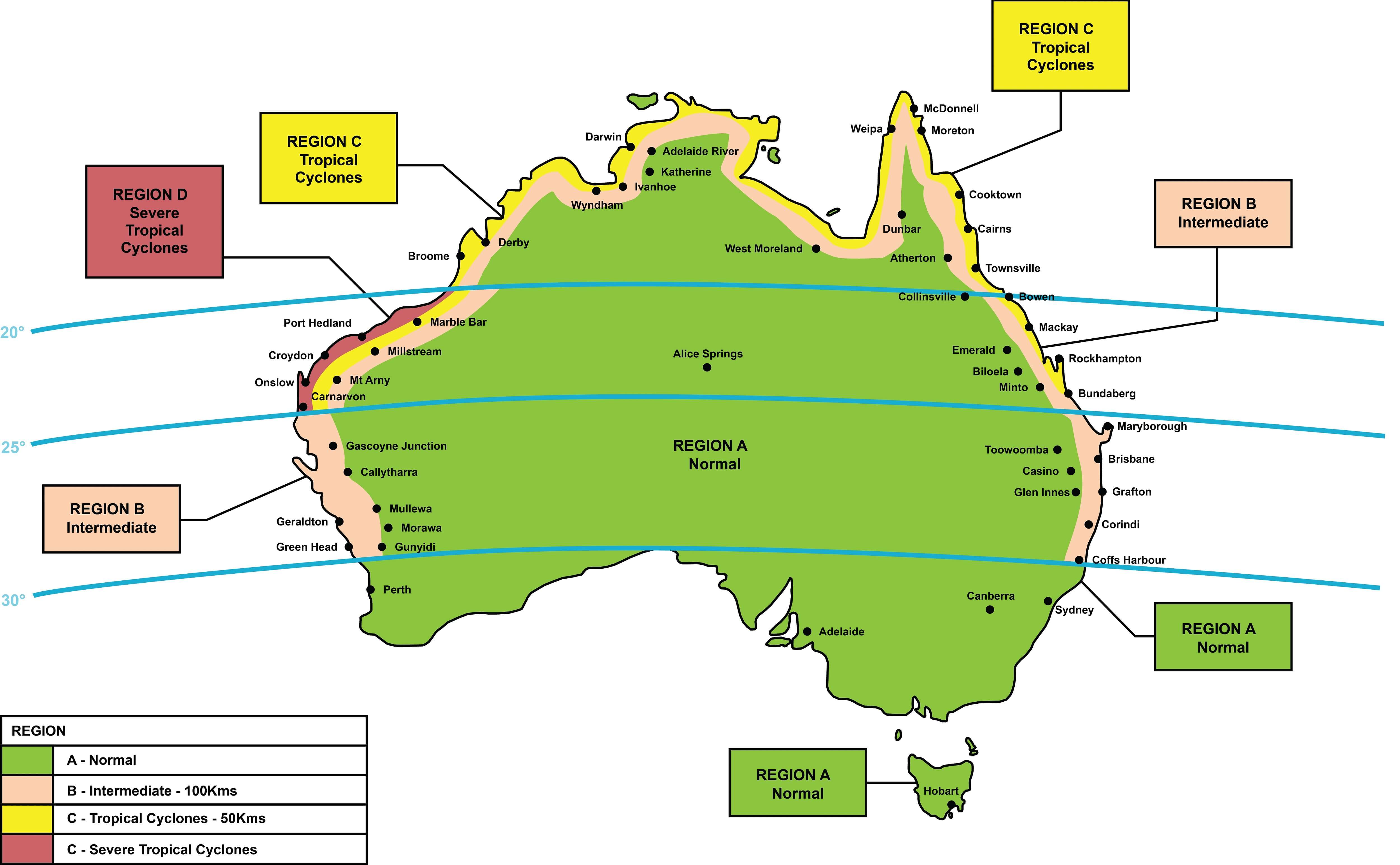HAY SHEDS
Safe, secure and effective storage of hay is critical to preserving its quality. The degradation that occurs from exposure to weather elements such as high winds, rain and extreme sunlight causes hay to lose its nutrition value and quality. Poor quality hay doesn’t provide the necessary nutrition required for productive livestock health and growth. The amount of market value that can be lost due to poor storage is truly staggering, particularly if the hay grown, baled, and processed is of export quality.
Whilst lower cost option alternatives to quality steel hay sheds are available, they are a short term and unreliable option. AUSPAN’s proven steel hay sheds provide a long-lasting solution to protect and maintain the quality of your hay all year round, no matter the severity of the weather elements.
There are a number of different configuration options you may consider for a hay storage shed when designing - with some designs only requiring a roof and 1 or 2 walls on the strongest prevailing weather (wind, rain etc) sides. If you are needing to store high-quality hay, where total protection is required, then you might opt for an ‘open front’ style shed - where 3 sides of the shed are walled off, with just one open front side that faces the most naturally protected direction - allowing access for loaders, trucks, and telehandlers to load and unload the shed with the hay being stored.
The other factor to consider is a fire risk, considering that hay is combustible and this process needs to be monitored and managed to ensure the risk of serious fire break out is mitigated and controlled. Extra-wide openings on the ‘access’ side of a hay shed are also often favoured - with the introduction of ‘clear span’ beam portals to reduce the number of vertical columns required to support the roof of the shed, meaning fewer obstructions.
Our team of hay shed experts at AUSPAN first seek to understand your unique situation, future plans and requirements. Then we will help you design and build the perfect hay shed, offering the best value for your investment.



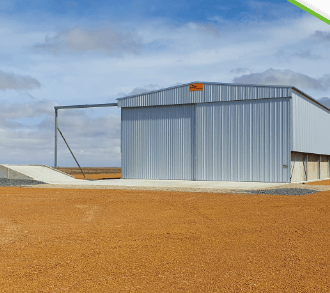
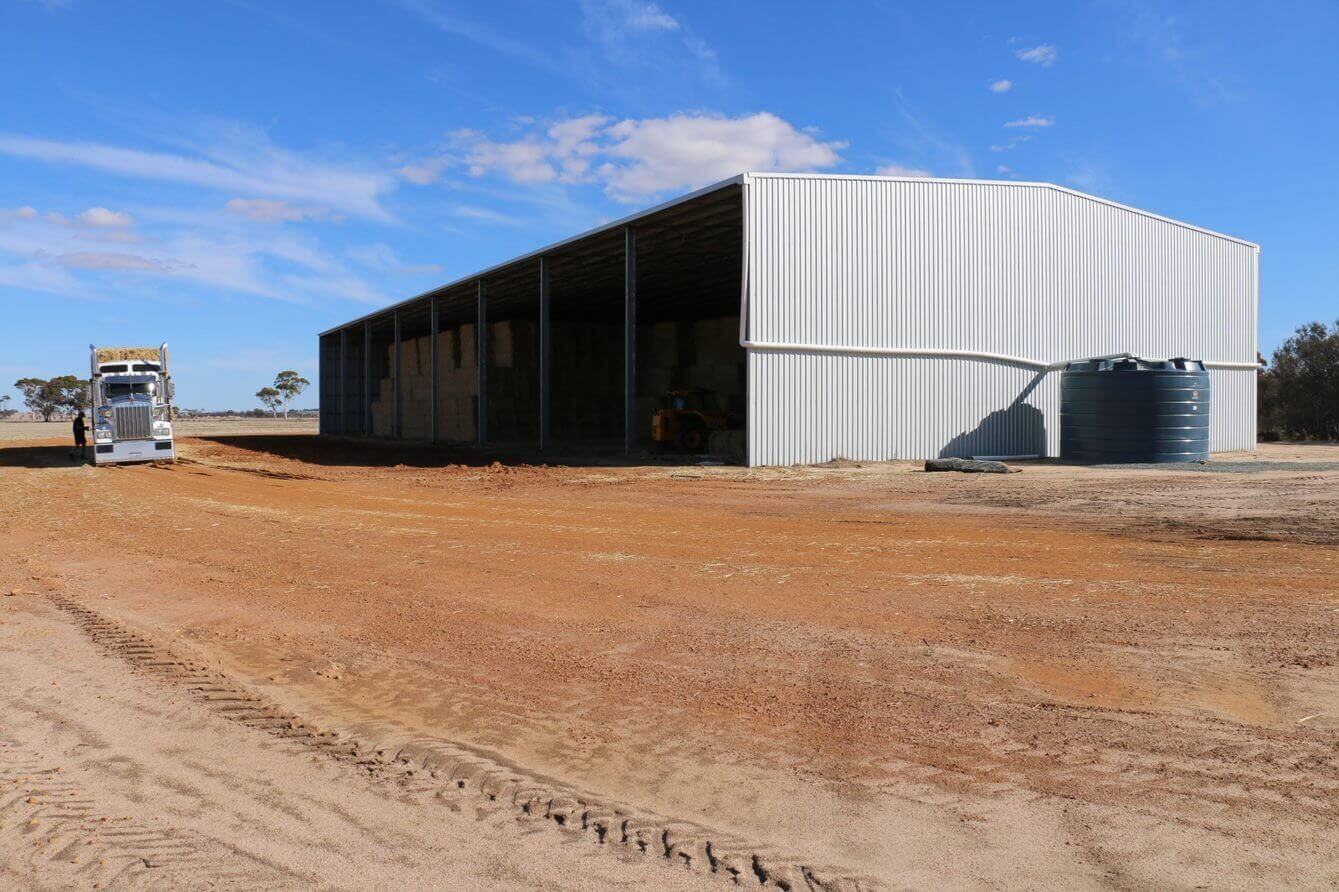
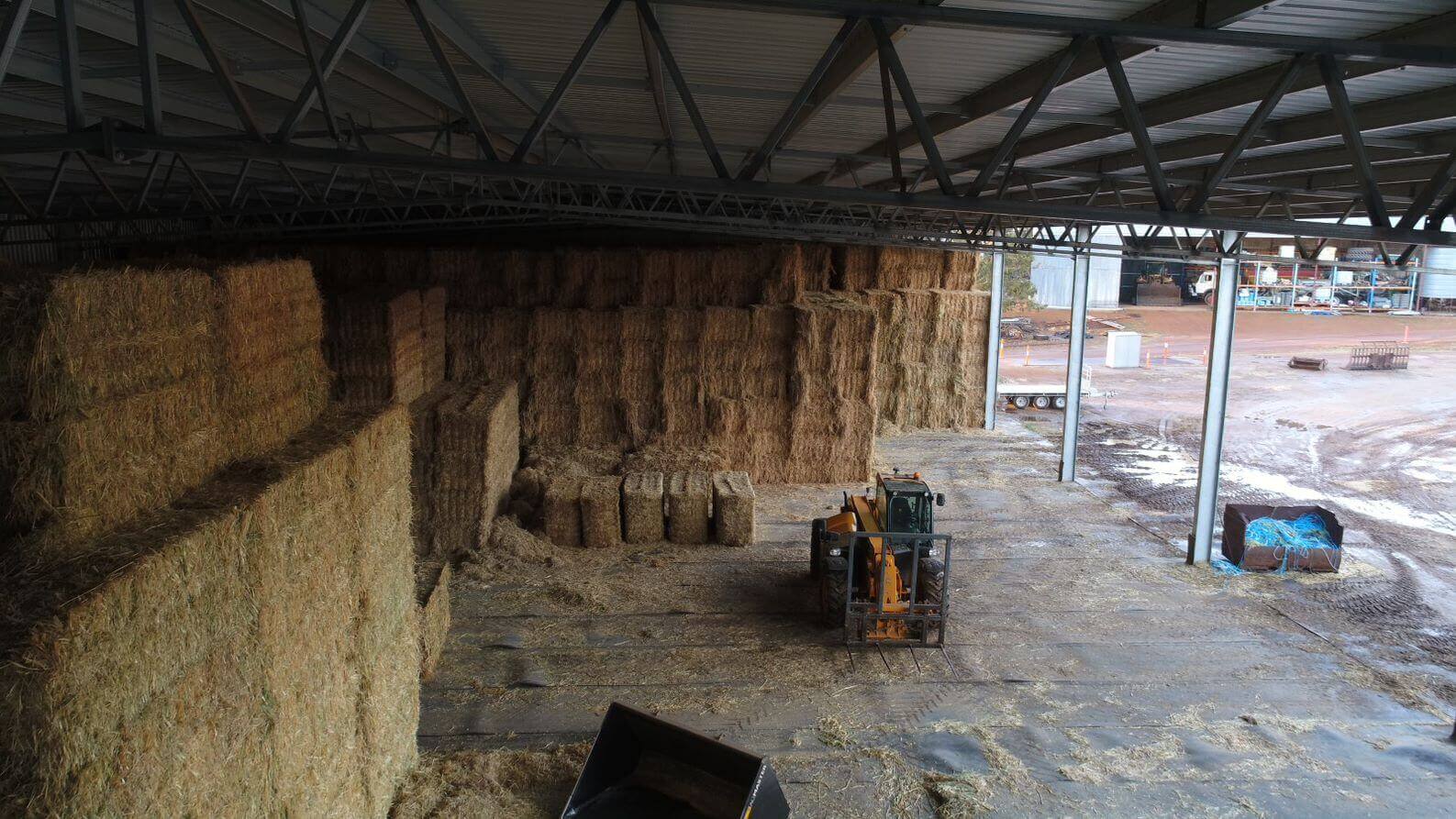
-1-1-1.jpg)
-1-1.jpg)
-1-1.jpg)
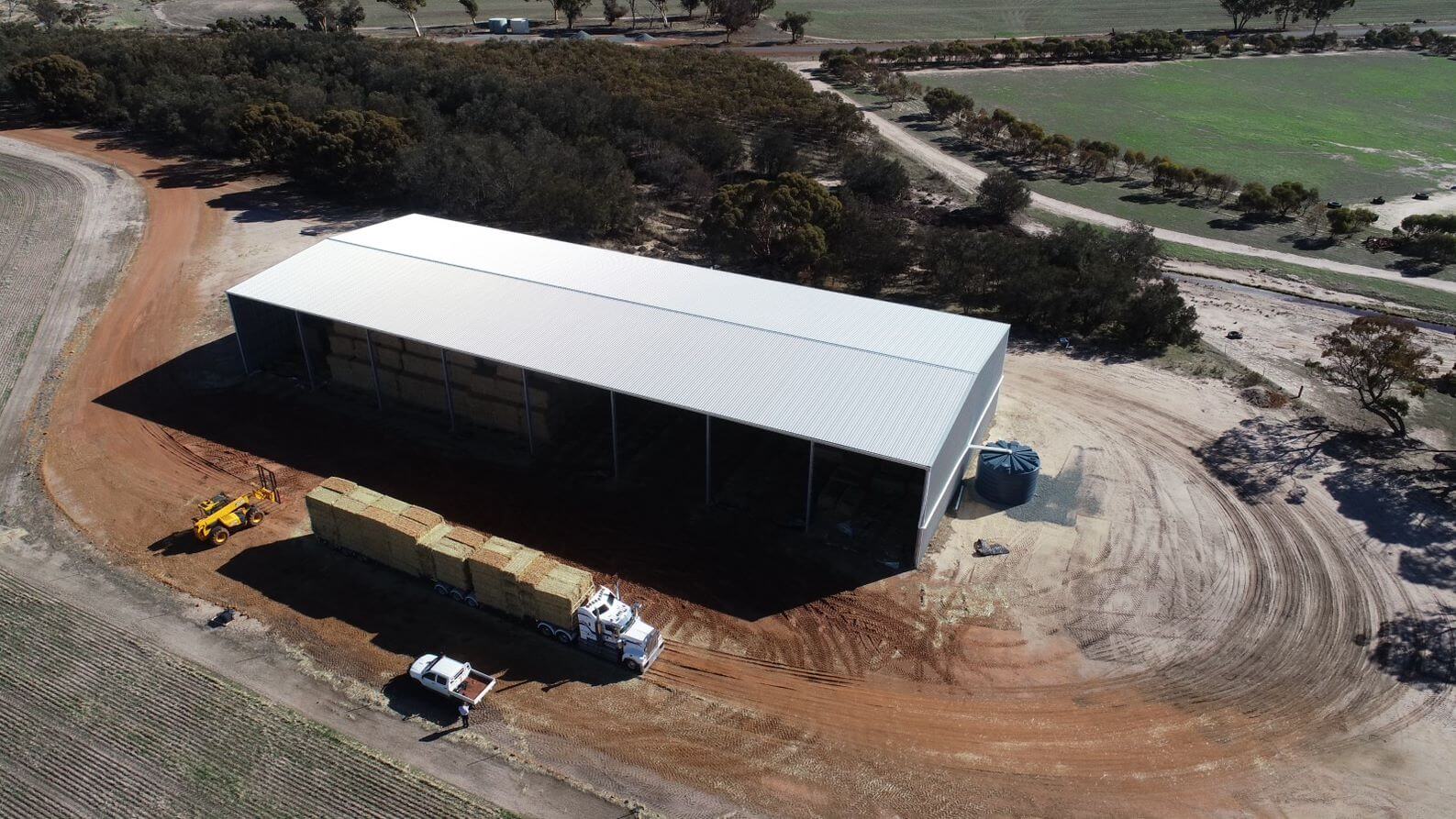
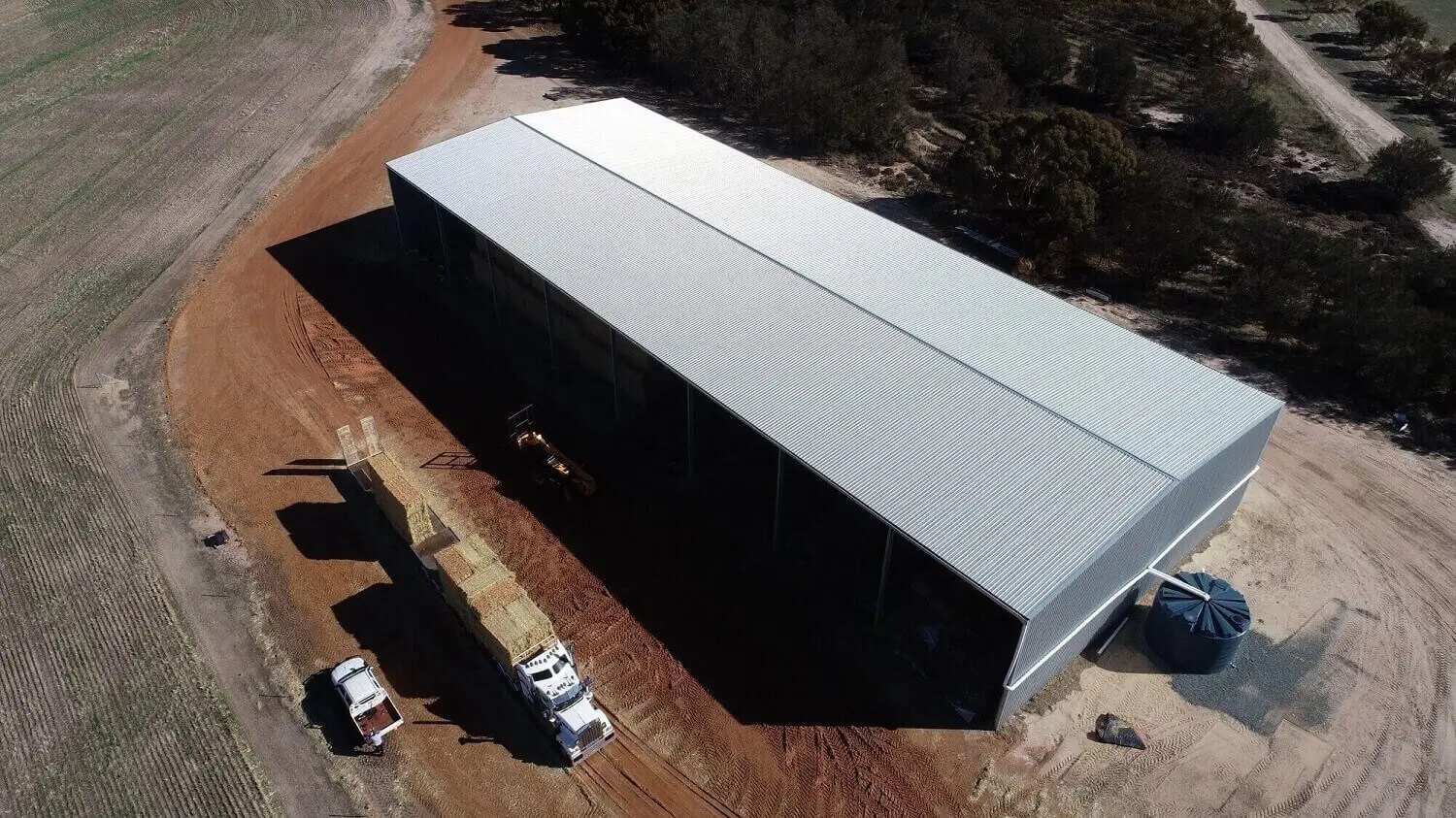

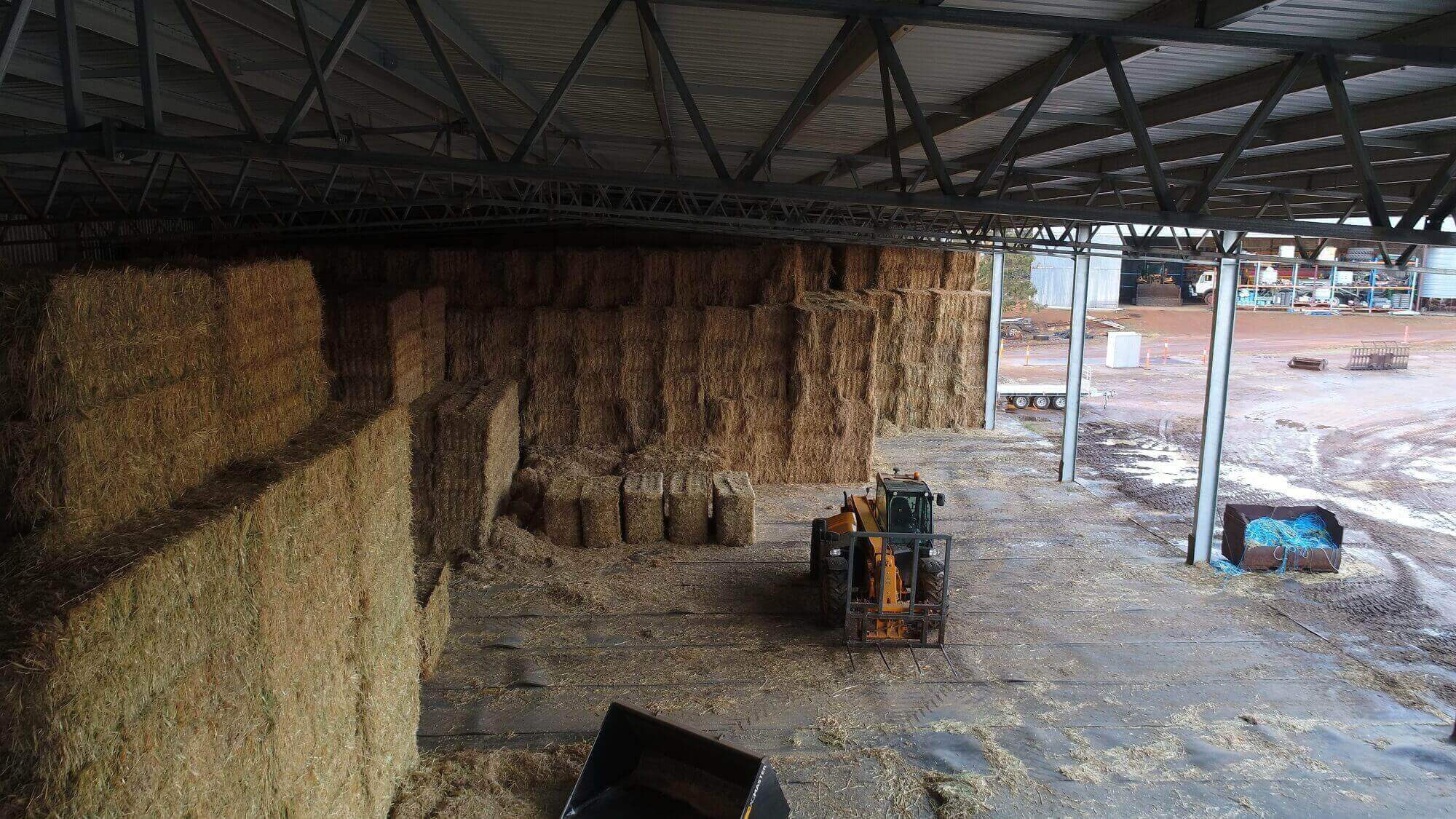
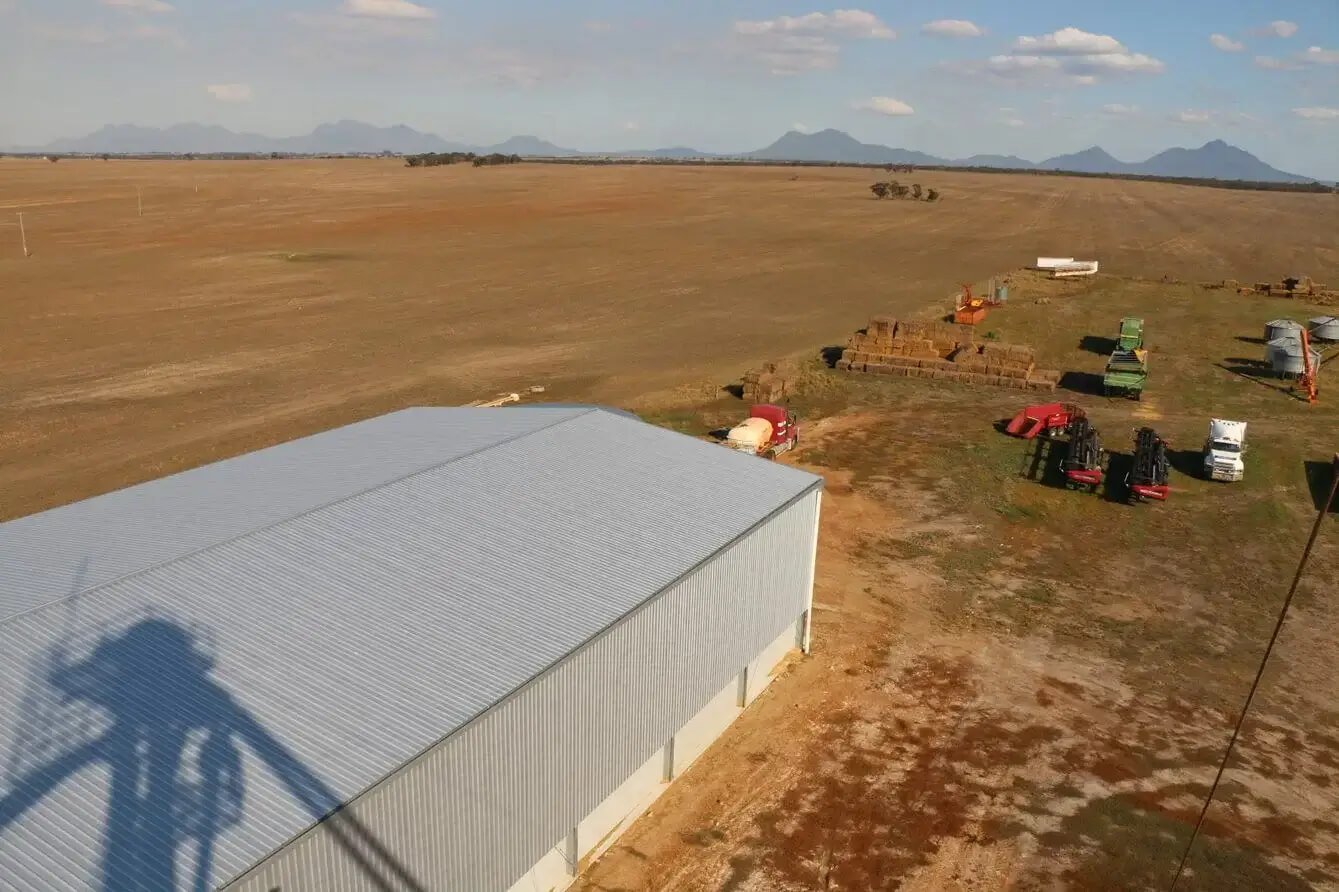
%20(1)-1-1.jpg)
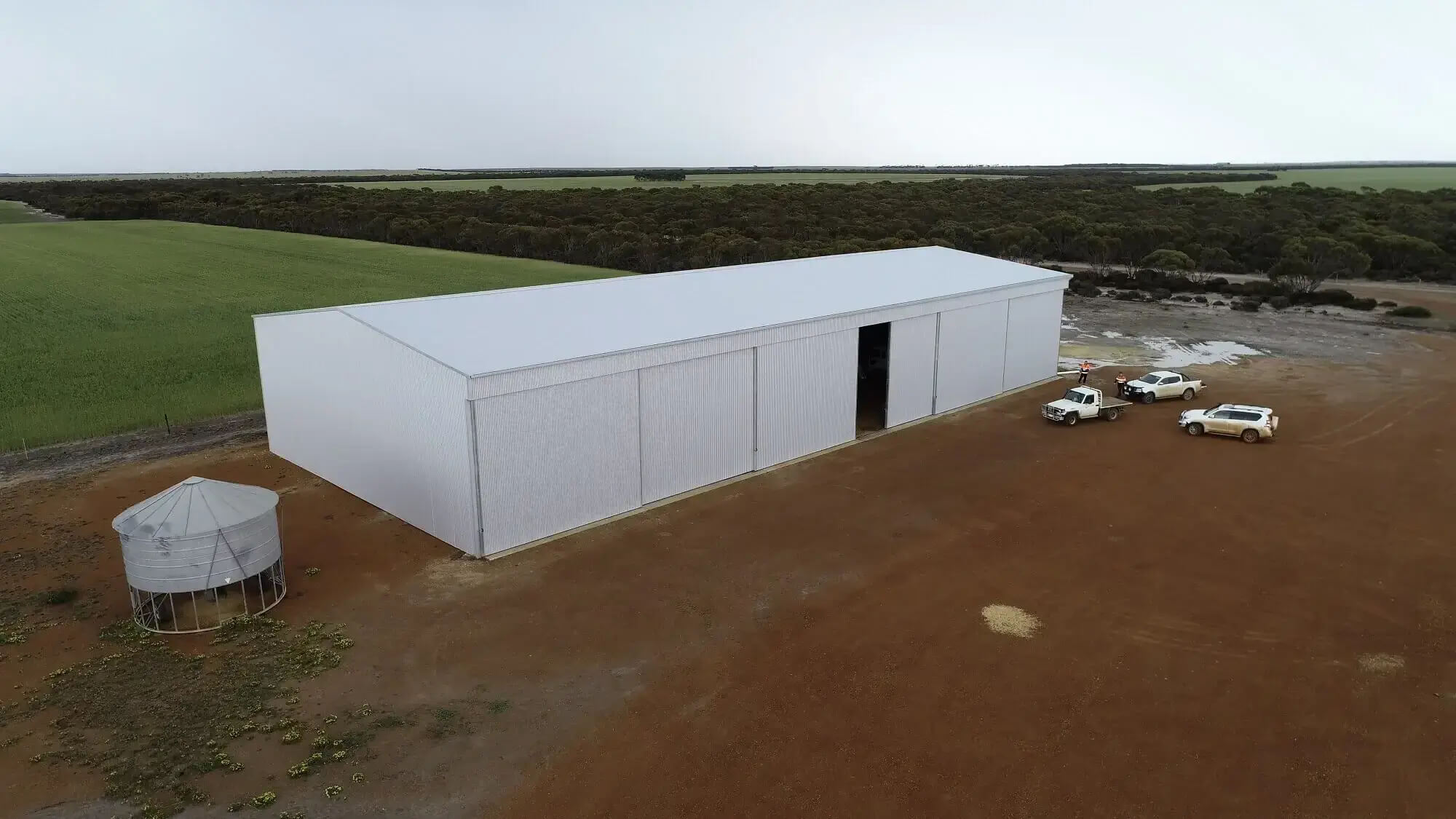
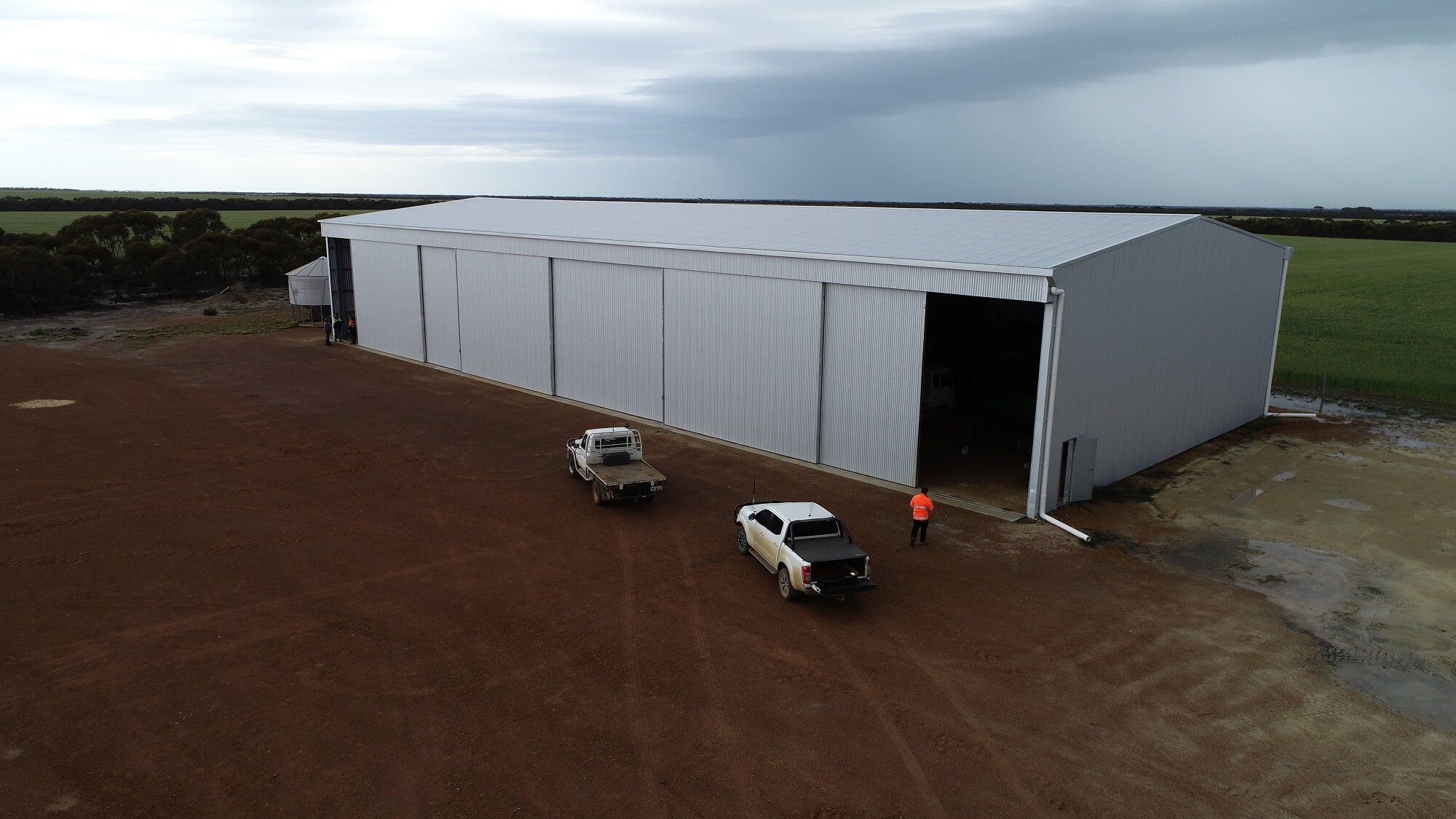
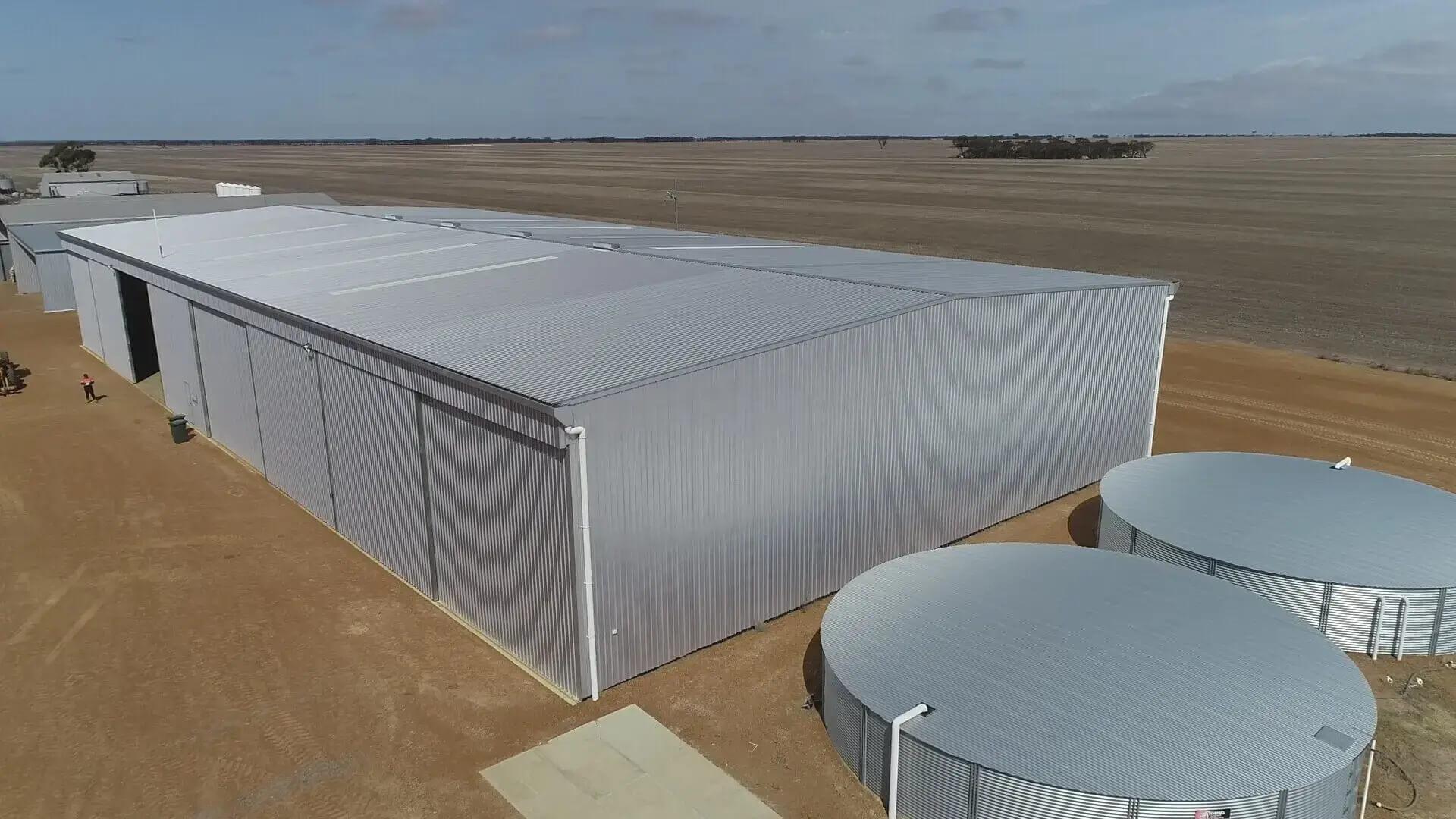
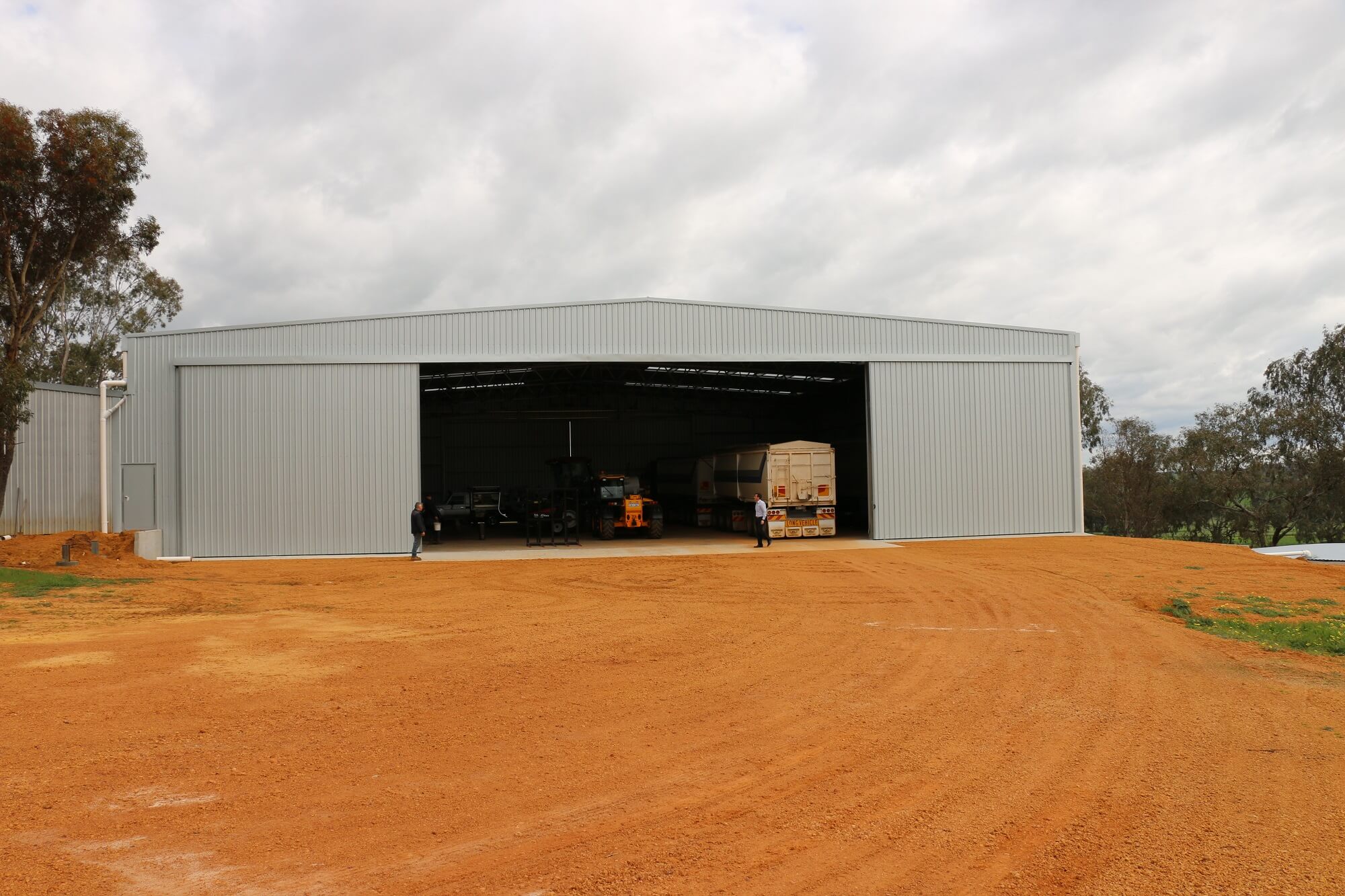
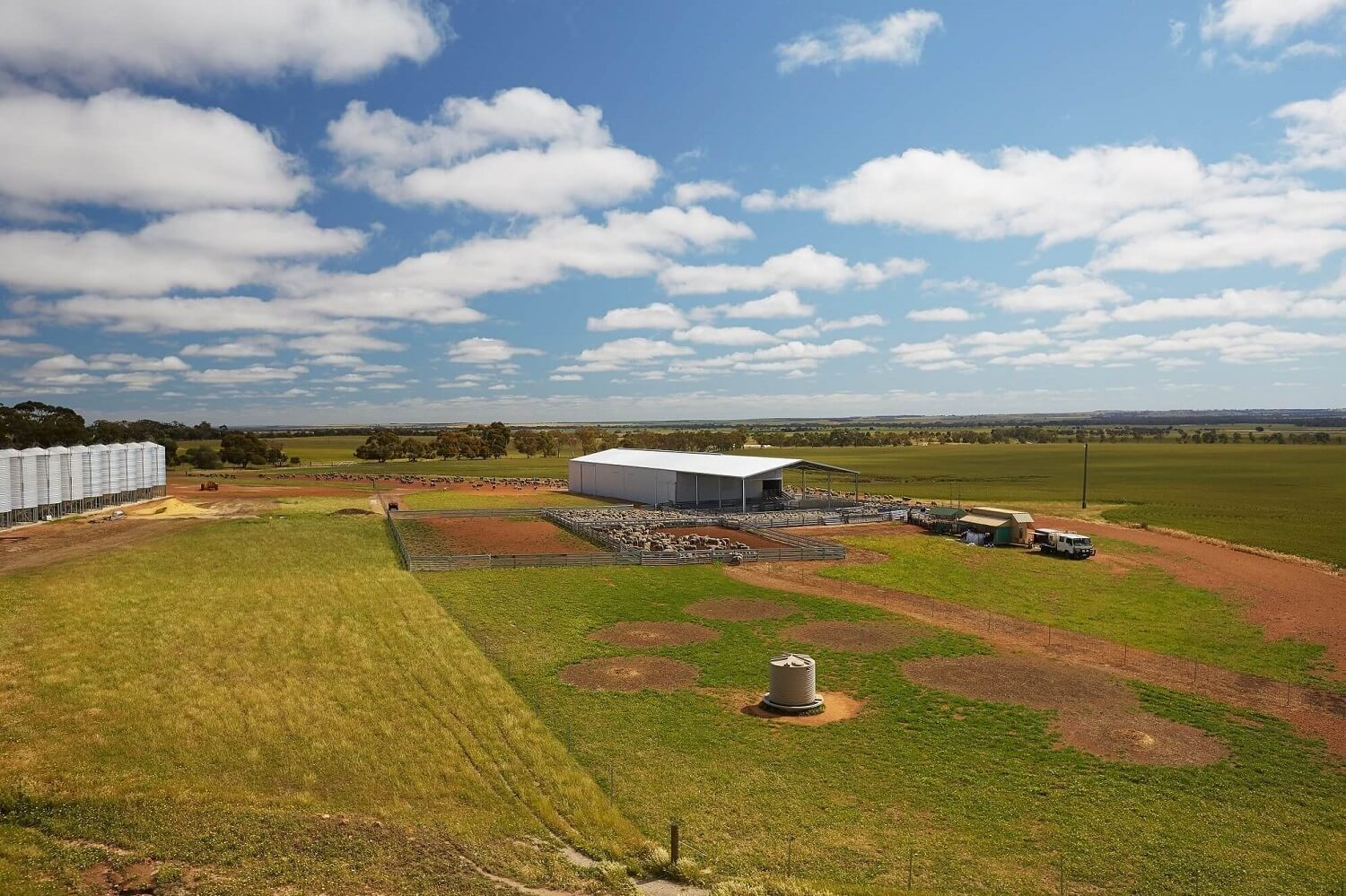
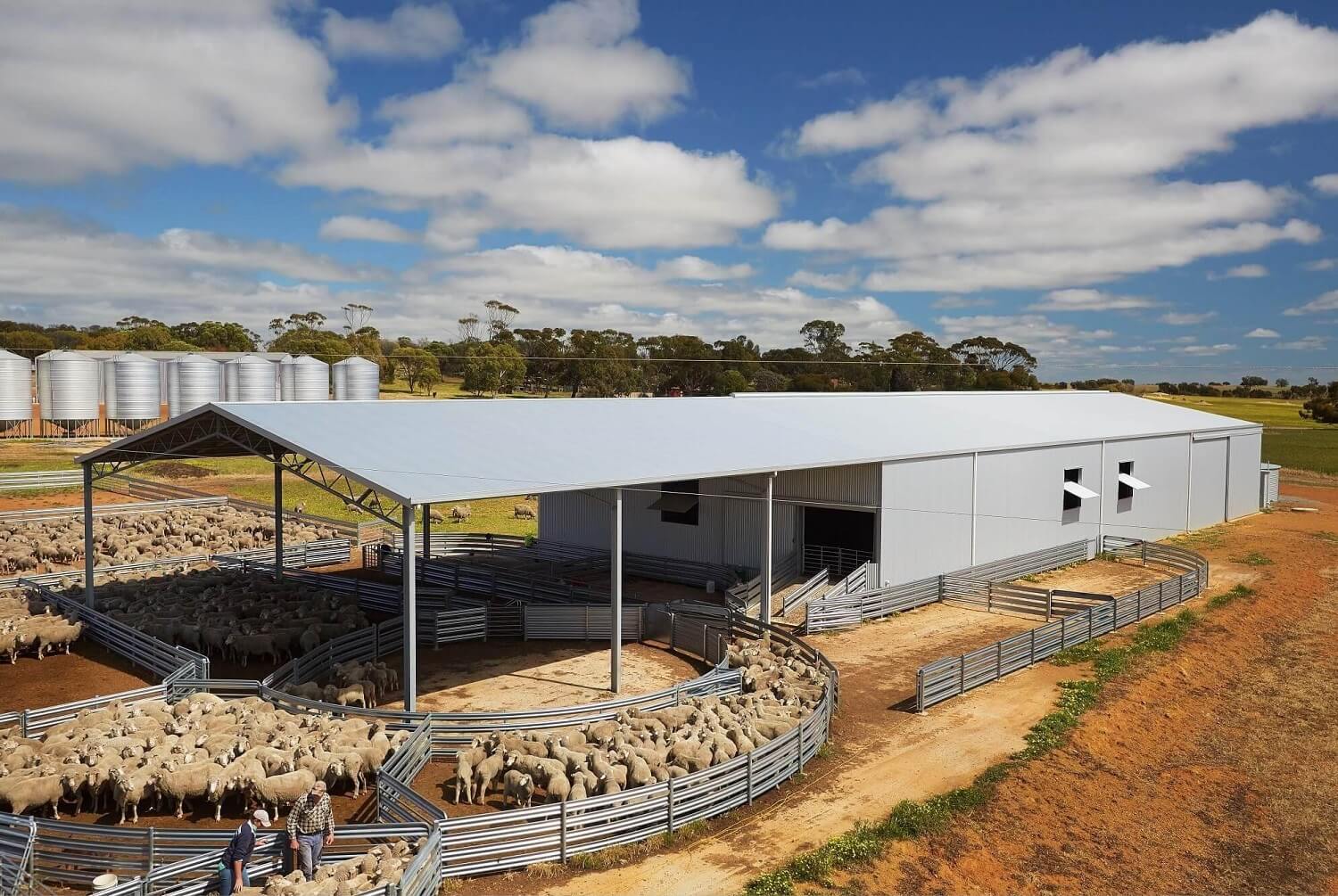
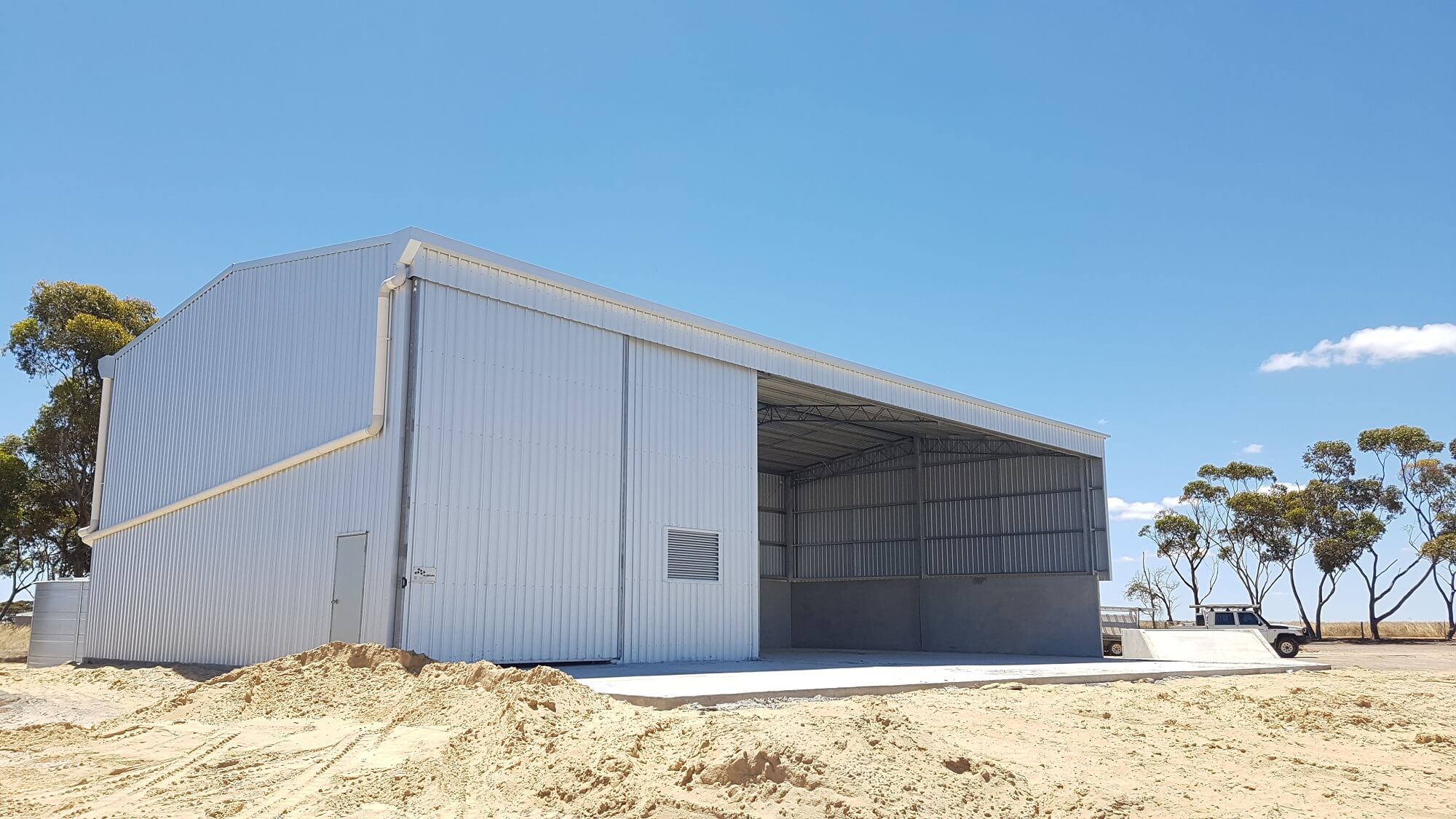
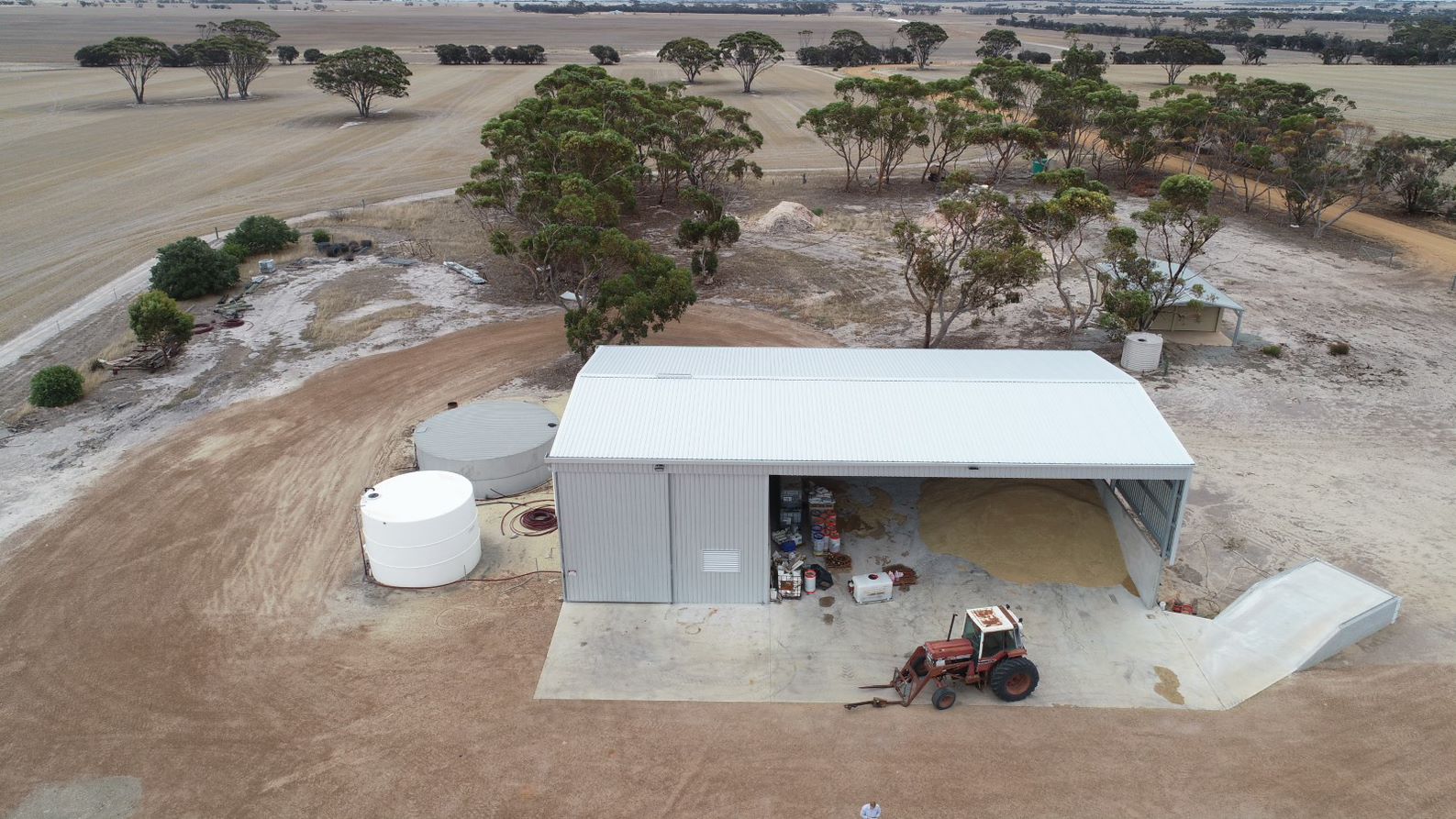




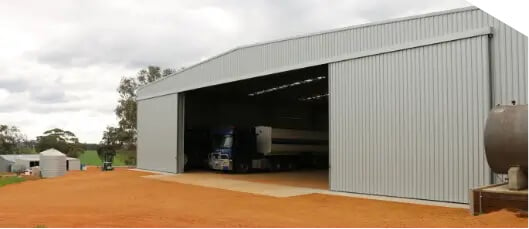
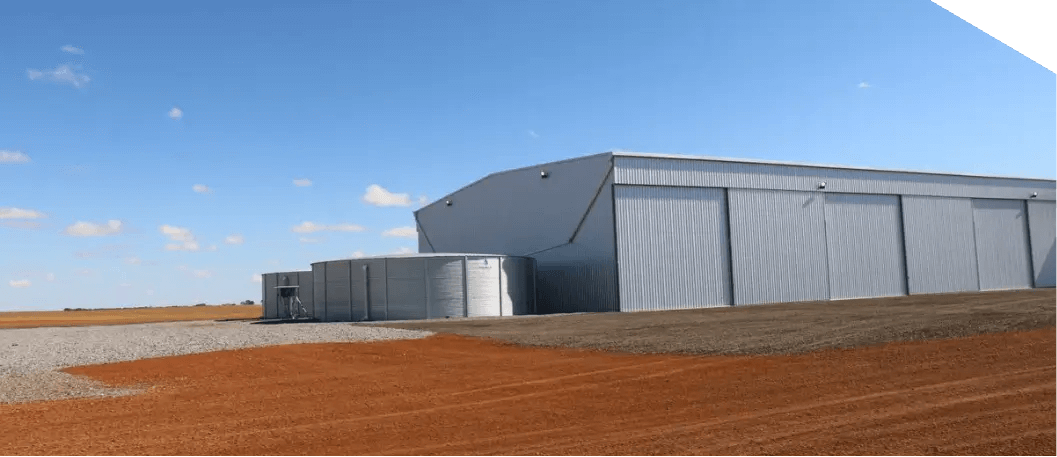



-2-1.png)
